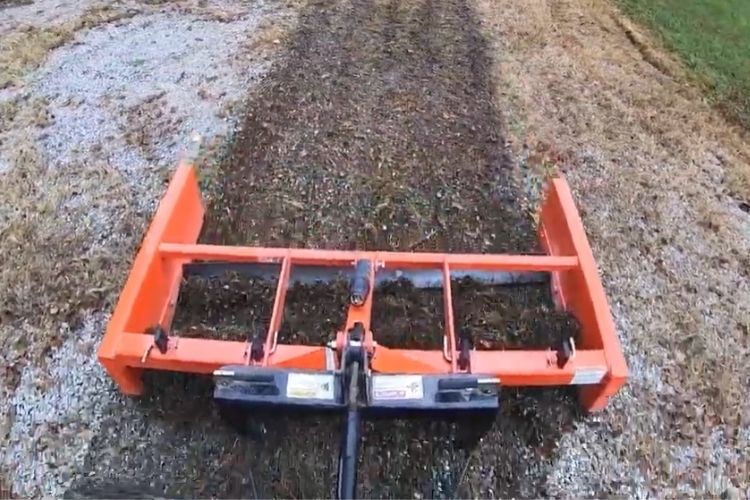A driveway is a big investment and it’s important to do your research before you install one. This blog post will help you learn about the ways that you can grade your driveway, including how to determine what type of material would be best for your property, how to choose from different types of gravels or cement, and what grading techniques are most appropriate for various climates.
Main characteristics of soil
The most important thing to consider when you are grading a driveway is a firm foundation. If you have sandy soil, it can easily erode and move as cars drive over it. In order to combat this issue, the best option is to use gravel or cement. Gravel will provide a solid base for your driveway that won’t shift around when wet or dry conditions change. If you live in an area with clay soil, then gravel may not be a good choice because there’s a chance it could get stuck underneath the stones if they’re too small and compacted too tightly together.
By choosing between these two materials, you know what type of grading techniques are necessary before laying them down on top of your property’s existing terrain features. Whether you decide to go with sand-based material like dirt instead of stone-based material like gravel, you’ll need to perform the same grading operations of spreading out material and compacting it down.
The right slopes for drainage
If you want your driveway to drain properly and not become a muddy mess, then it’s important to grade the slope correctly. Driveway grading is best done with a floor leveler or laser. The proper way to do this is by using water as your guide. As long as there is good drainage at all points of the driveway, everything should be fine. This can also mean that even spots where water may pool need grading so they are sloped toward downspouts or other areas where the excess flow will go away from your driveway.
What needs to be done after the preparatory work is completed?
If you are building a new driveway, then it’s important that your base layer of asphalt or concrete can properly support the weight. The easiest way to do this is by using crushed rock as a foundation and letting it settle for at least three days prior to driving on it. Once all settling has been completed, use grading equipment like a driveway drag graders attachment in order to level everything out so there are no high areas along the edges of the driveway nor any low spots in between where water would pool. You want one continuous slope from edge-to-edge if possible. After leveling and creating proper drainage grade slopes, make sure they stay graded over time.
As far as how much material goes where, that depends on what type of driveway surface you want at the end; asphalt, concrete, gravel rock, etc… If you choose rock then adding enough compacted fill dirt so that there are about five inches above ground level should work fine for most areas but check local regulations before proceeding. For other surfaces like asphalt or many people tend to use a common four inches of gravel base under a six-inch asphalt or cement top course.
Grading is an important aspect of the driveway construction process and it takes some skill to do properly without any mistakes made but if done right, your finished product will look very good once you have completed this step in the project
